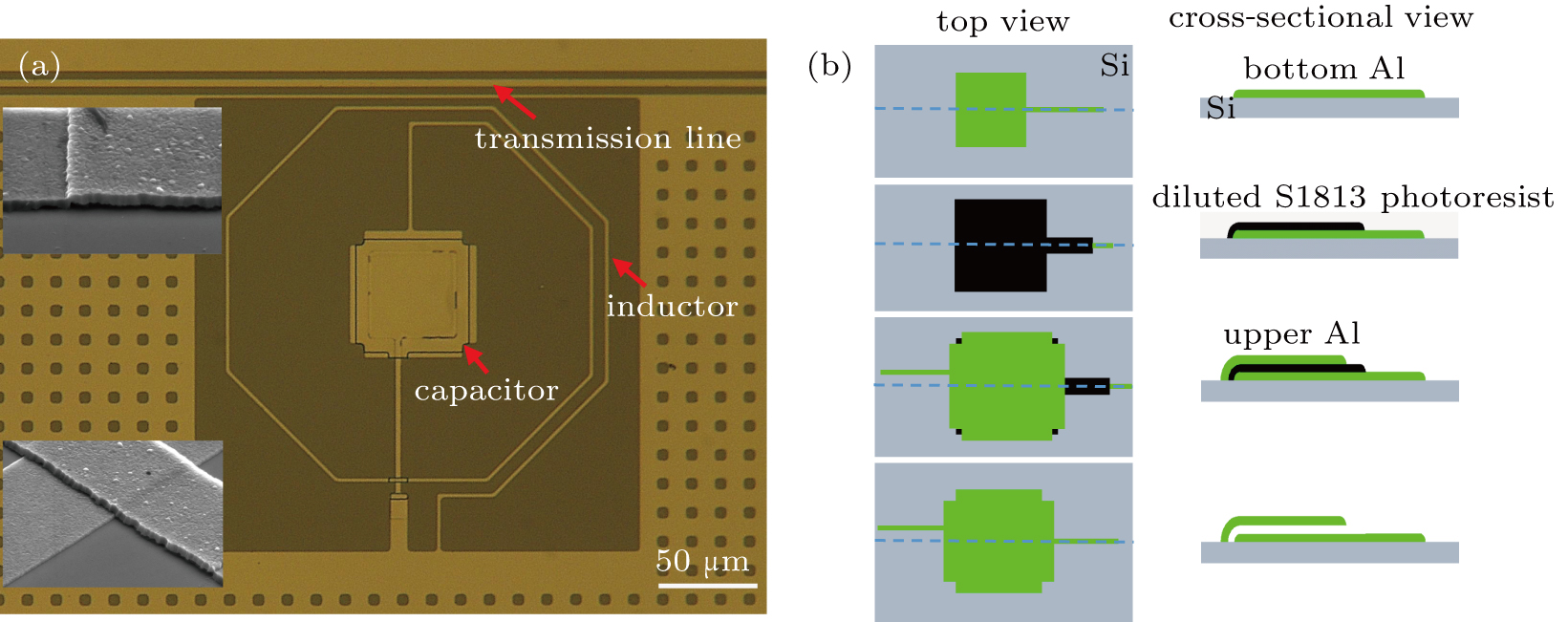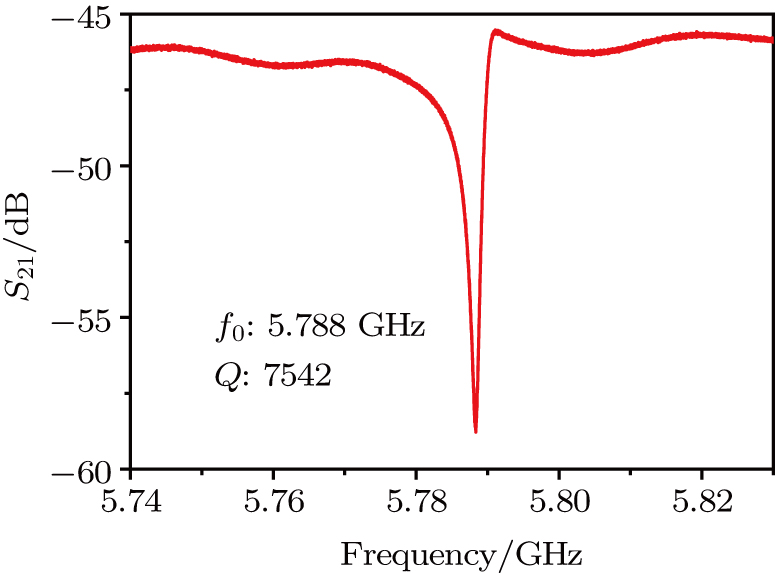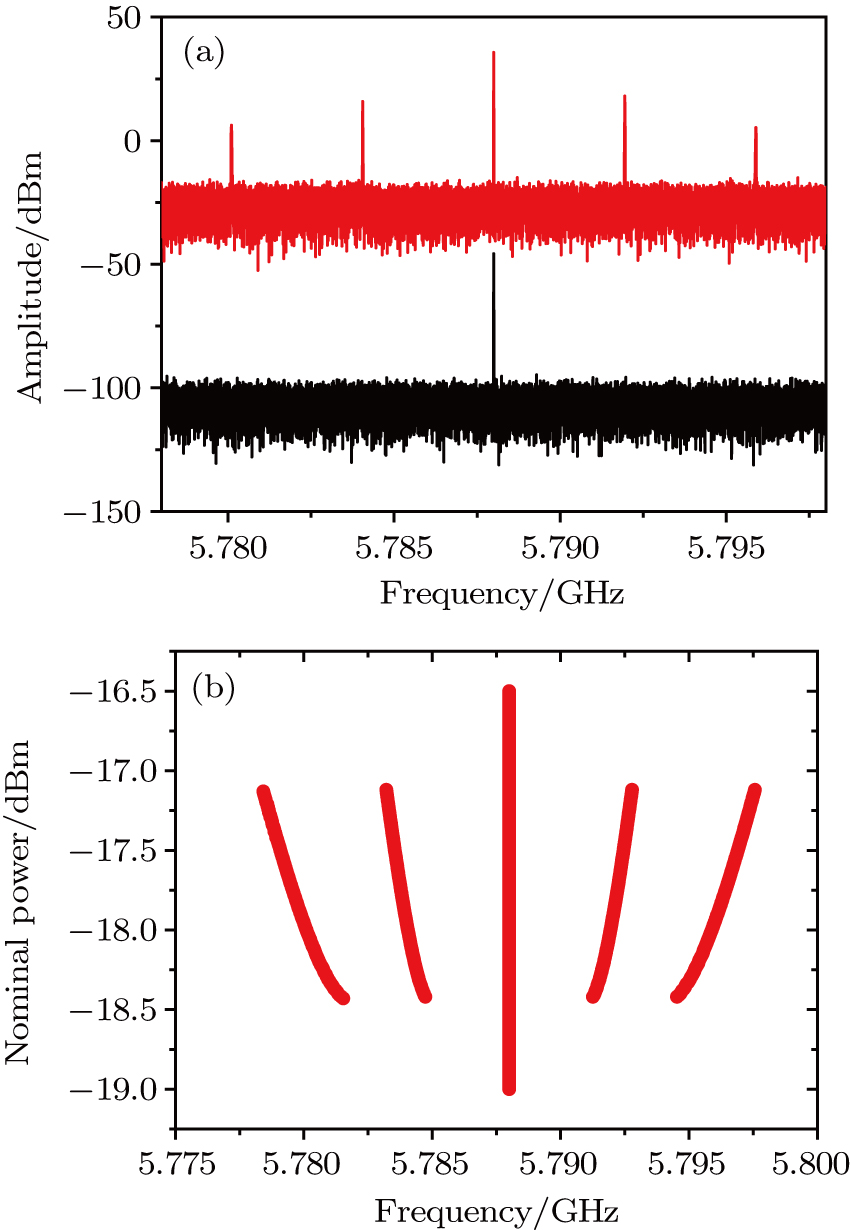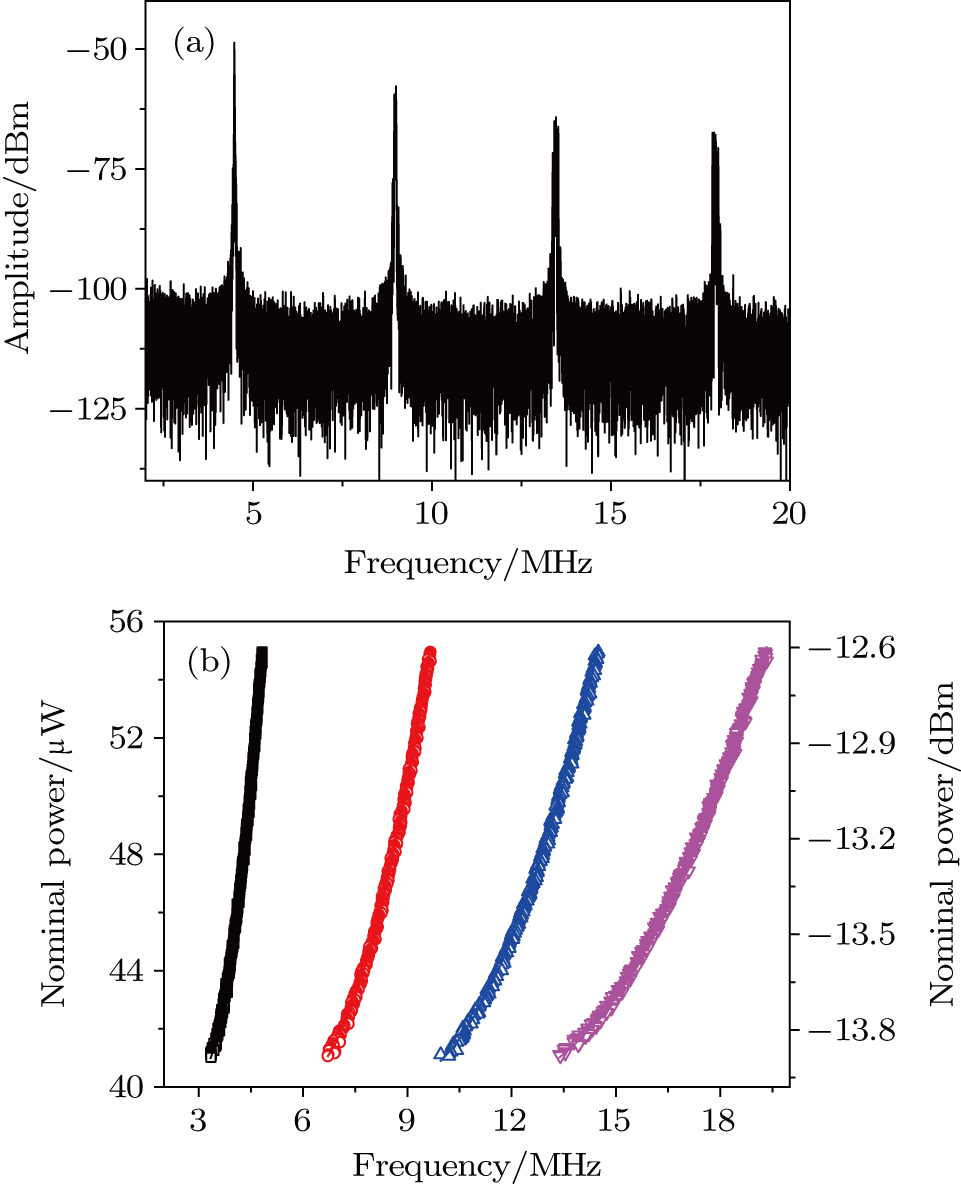Project supported by the National Key Research and Development Program of China (Grant No. 2016YFA0301801), the National Natural Science Foundation of China (Grant Nos. 11474154 and 61521001), and the Priority Academic Development Program of Jiangsu Higher Education Institutions and Dengfeng Project B of Nanjing University, China.
Project supported by the National Key Research and Development Program of China (Grant No. 2016YFA0301801), the National Natural Science Foundation of China (Grant Nos. 11474154 and 61521001), and the Priority Academic Development Program of Jiangsu Higher Education Institutions and Dengfeng Project B of Nanjing University, China.
† Corresponding author. E-mail:
Project supported by the National Key Research and Development Program of China (Grant No. 2016YFA0301801), the National Natural Science Foundation of China (Grant Nos. 11474154 and 61521001), and the Priority Academic Development Program of Jiangsu Higher Education Institutions and Dengfeng Project B of Nanjing University, China.
Using the diluted S1813 UV photoresist as a sacrificial layer, we successfully fabricate a superconducting suspended parallel-plate capacitor, in which the top layer of aluminum film acts as a membrane mechanical resonator. Together with a superconducting octagonal spiral inductor, this parallel-plate capacitor constitutes a superconducting microwave resonator. At mK temperature, the transmission characteristic and spectrum of the microwave resonator are measured. Sideband frequencies caused by the vibration of the membrane mechanical resonator are clearly demonstrated. By down-converting with a mixer, the dependence of fundamental frequency and its harmonics on the input microwave power are clearly demonstrated, which is consistent with the numerical simulation.
Recently, considerable attention has been paid to the research of mechanical resonators, and their classical[1–4] and quantum[5,6] characteristics. Due to its low loss, superconductor material has been used to fabricate mechanical resonators.[7–9] Though interesting quantum phenomena have been explored in such superconducting mechanical resonators, detailed exploration of their classical characteristics is lacking. Instead of solid material we choose the diluted S1813 photoresist as a sacrificial layer, which can be easily removed by acetone, and successfully fabricate a parallel-plate capacitor, in which the suspended top layer film acts as a membrane resonator. Because the device is measured in a vacuum, such a capacitor is usually named a vacuum-gap capacitor (VGC).[10] Note that the structure here is quite different from that in previous work,[11] in which the top layer film of VGC is fixed due to the posts used to support the top plate. Thus the vibration of top layer film is suppressed. Another difference is the method to stimulate the vibration of the mechanical resonator. Usually an electrostatic bias is used in previous work. Here the VGC together with a superconducting octagonal spiral inductor constitutes a superconducting microwave resonator, which is coupled to a coplanar waveguide transmission line. A microwave signal is used to measure the characteristics of the device and at the same time to stimulate the vibration of the membrane mechanical resonator. The vibration of the top layer membrane changes the distance of the gap in the capacitor and thus modulates the frequency of the microwave resonator, the characteristics of which can be detected with a network and a spectrum analyzer.
Our device is composed of an octagonal spiral inductor L and a parallel-plate capacitor C. Figure
Figure
(i) A 50-nm-thick aluminum film was deposited by electron beam evaporation on a high-resistivity silicon substrate and the lower electrode plate of VGC was fabricated by the lift-off process.
(ii) The diluted S1813 with a certain thickness is used to form a sacrificial layer, which was then patterned through UV photolithography.
(iii) Another aluminum film was deposited to form the rest of the circuit, including the top electrode plate of VGC, the octagonal spiral inductor and the coplanar waveguide transmission line by wet etching. Note that the sacrificial layer is completely covered except the four corners by the top capacitor plate after wet etching of aluminum. This is extremely important for removing the sacrificial layer with acetone in the final step.
A schematic diagram of our measuring circuit is shown in Fig.
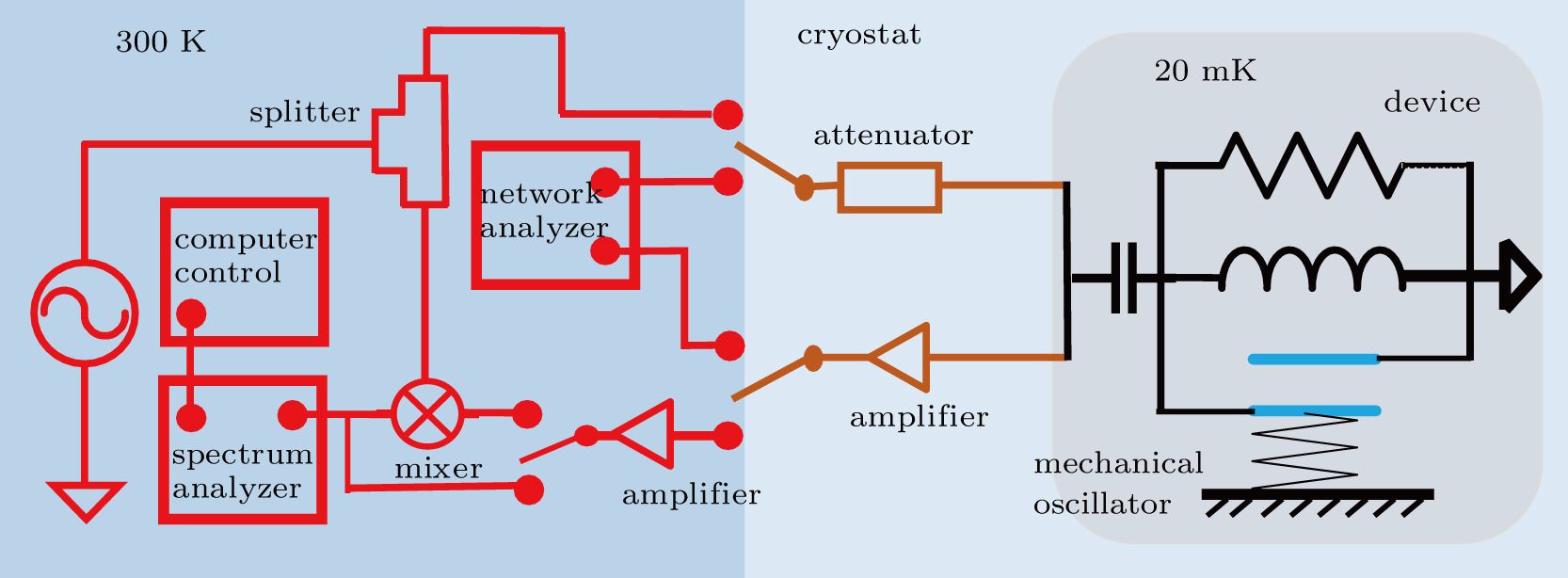 | Fig. 2. (color online) Measurement set-up for testing the transmission characteristic and down-converted sideband frequency of the device. |
Figure 
After knowing the resonant frequency of the superconducting microwave LC circuit, we measure the spectrum to obtain the effect of the mechanical resonator on the microwave resonator. As shown in Fig.
Homodyne technology is used to down-convert the microwave frequency. As shown in Fig.
In order to confirm the experimental results of our superconducting membrane mechanical resonator, we numerically simulate the vibration behavior of the suspended structure, by scanning the parameters of the pretension. As shown in Fig.
Using the diluted S1813 photoresist as a sacrificial layer instead of solid material, which needs a long reactive ion etching procedure, we have successfully fabricated a membrane mechanical resonator in a vacuum-gap capacitor. The fundamental vibration frequency and its harmonics of the mechanical resonator are measured through an LC microwave resonator. The input microwave power has a parabolic dependence on the fundamental vibration frequency, which accords well with the numerical simulation. Such devices promise to serve as a medium between microwave and mechanical signals and/or even optical signals. What is more, they can also be used to explore quantum behavior of the mechanical vibration, which is important for quantum information processing.
| [1] | |
| [2] | |
| [3] | |
| [4] | |
| [5] | |
| [6] | |
| [7] | |
| [8] | |
| [9] | |
| [10] | |
| [11] | |
| [12] | |
| [13] | |
| [14] | |
| [15] | |
| [16] | |
| [17] |


